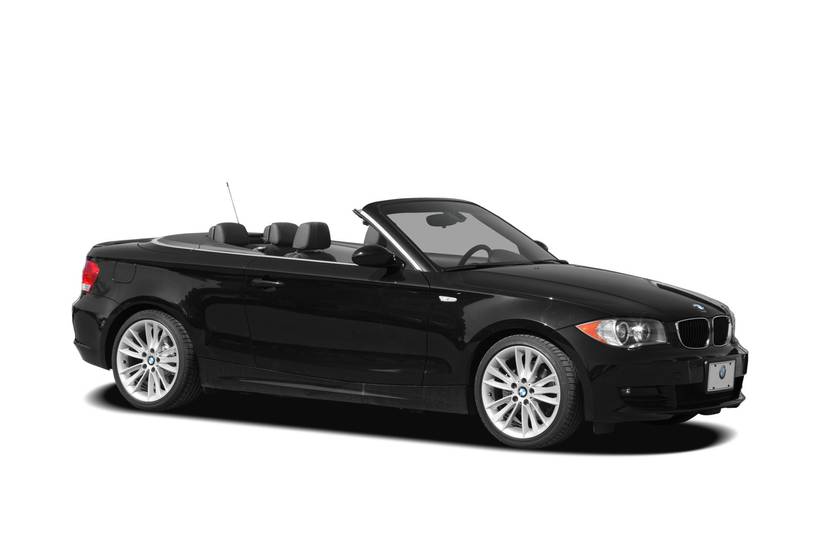
NEW YORK — The new face of fast got slapped hard here. It turned the other cheek and got slapped again. It got slapped every time it ventured forth in this city of hard knocks. That’s New York for you. It has no respect for German engineering, finely tuned sports cars or automobiles other than those yellow crater crawlers with “TAXI” signs up top. Anything else gets trashed.
Thus was the case with the 2008 BMW 135i coupe we drove here. On smooth, well-maintained roads, the tightly hewn, rear-wheel-drive 135i — one of four members of BMW’s new 1-Series family now on sale in the United States — is marvelous to behold. It lives up to its marketing slogan, “the new look of fast.” It handles brilliantly, the sharpest handling we’ve experienced in a compact car at any price. It is a driver’s car supreme.
But smooth, well-maintained roads in New York City and environs are as rare as a politician willing to call for an increase in federal gasoline taxes in an election year. The streets here are beyond bad. They are mean. They are brutal.
“Ahhh-ouch!” cried my wife, Mary Anne. “Can’t you be more careful?” she asked as the 135i’s front wheels crashed over a crater on West 41st Street. She was sitting in the front passenger’s seat. I felt her pain but could do little to relieve it.
I tried keeping an eye out for egregious potholes, sunken manhole covers, urban earthquake faults, ruffles, ripples and ridges. But there were too many of them to avoid — a pothole followed or accompanied by a vertical tear in the street; a road section that rose on the left and dropped precipitously on the right; and steel plates that appeared to have been dropped willy-nilly, rather than fitted properly over street segments that had been carved out by road destruction — oops! — construction crews.
It was shameful.
BMW’s engineers went all out to develop a sports car with a suspension that performs superbly on good roads and reasonably well on surfaces that are less than perfect. But despite the 135i’s excellent suspension engineering — MacPherson struts up front, stabilizer bars front and rear along with a rear multi-link suspension setup, a four-wheel independent suspension designed to keep the car upright and turn-tight — it wasn’t ready for New York.
This city’s streets are bereft of decency in terms of drivability. Here is where infrastructure has come to die and to take as many cars as possible along with it.
This is no joke. On an outbound trip, turning off Second Avenue onto East 31st, heading toward the Lincoln Tunnel and the New Jersey Turnpike, I slammed on the 135i’s brakes to avoid hitting a Yellow Cab helplessly sprawled in the street. The cab’s left front wheel was twisted upward, seemingly torn from its axle. The cab’s axle, in fact, was broken on the left side, largely thanks to a pothole that swallowed and twisted the left-wheel assembly.
So much for that crater crawler! Not even it could escape the endless torture of Gotham’s roads.
There was passable space between the cab’s front end and cars parked next to the left curb. I put the 135i in first gear and slowly moved around the wreckage, thanking heaven that the cab had found that particular pothole before we did.
How strange it all seemed. We were in a superbly engineered car, albeit one not designed for maximum passenger comfort in the rear. On the reasonably maintained New Jersey Turnpike, we were in road-trip paradise. The 135i moved so swiftly, handled emergency maneuvers so deftly, our drive time seemed to fly by.
And then we entered the mouth of this car-eating metropolis, this city of the endless speed bump and the sinkhole traffic circle. Suddenly, the 135i seemed not up to the task. The remarkable competence of its engineering was undermined by the sad incompetence of an urban infrastructure falling apart one street at a time.






























